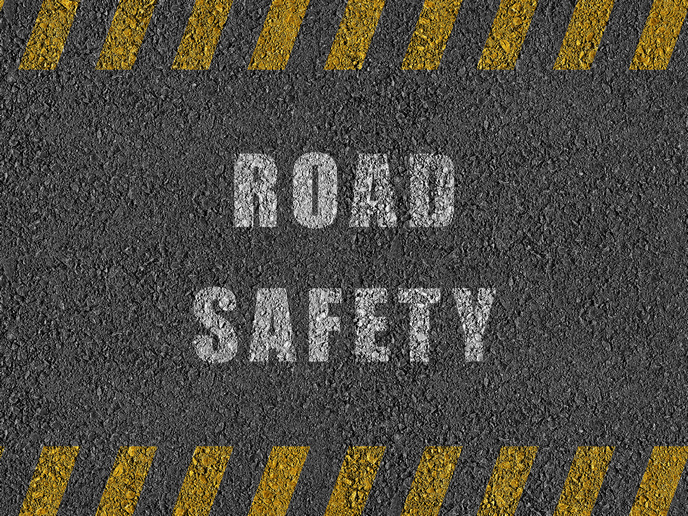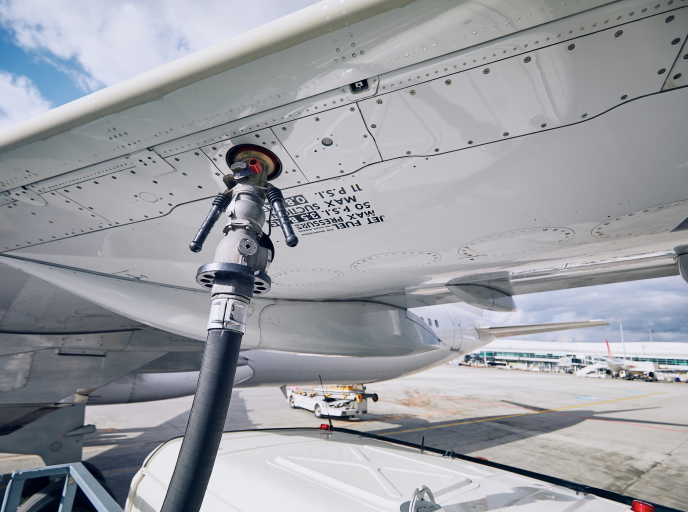A toolbox to make level crossings safer
On average, six people are killed and another six seriously injured every week on level crossings across Europe. “After suicide and trespass, the next biggest category of death and injury on railways is level crossing accidents,” says Grigore Havarneanu, SAFER-LC project researcher. Level crossings are involved in just 1 % of road deaths, but 30 % of deaths on the railway. Previous CORDIS projects have investigated ways to reduce the risk of death on railways from suicide and trespass. Addressing the safety of level crossings was the logical next step, says Havarneanu. As well as reducing death and injury, improved level crossing infrastructure will also reduce delays and disruption for all travellers.
Barrier methods
The EU-funded SAFER-LC project, coordinated by the International Union of Railways, brought together a consortium of 17 partners from 10 countries, including eight EU Member States and two associates, Norway and Turkey. Represented among them were railway industrial groups, road unions, research institutes, train operators and technology firms. Half of all railway crossings in Europe are ‘passive’ with no barriers or active warning systems. The ideal solution is always to replace the level crossing with a tunnel or bridge, but often this is not physically possible, or financially feasible. The consortium directed two streams of research, one focused on technical solutions such as smart communications between vehicle and infrastructure and another on psychological and behavioural solutions to encourage safer road user behaviour. “We focused on new innovative solutions that are alternative options to the traditional ‘upgrade’ to a barrier crossing,” explains Havarneanu.
Red lines
Adding smart sensors to passive crossings, for example, could not only warn approaching cars when a train is due but also warn train drivers if a vehicle is detected on the tracks. The SAFER-LC project ran a trial in Thessaloniki, Greece, where a fleet of 100 taxis was equipped with such sensors, the results of which Havarneanu says are ‘promising’. Alternatively, improved signage and environmental cues could encourage drivers not to take risks. “Some road users commit errors, or violations, just because the infrastructure is not self-explanatory, or is poorly constructed, or doesn’t facilitate the desired behaviour,” adds Havarneanu.
The right tool
The final outcome was a toolbox of 48 different solutions, made freely available online to policymakers, road and rail infrastructure managers, and civil groups. The toolbox offers the best solutions that can be targeted at different types of level crossing and each is linked to studies showing the evidence to support it. These tools can be as simple as speed bumps before a crossing, paint or optical effects that slow drivers. “Each solution is published alongside its practicalities, financial cost, pros and cons, examples of use, effectiveness, expected effects and side effects, and links to other sites,” notes Havarneanu, adding that no one solution can suit all cases, especially across different EU nations. Without EU support, such work would be impossible, says Havarneanu. “That’s the beauty of it, we’re very lucky to have this project and an interdisciplinary mixed team with different areas of expertise,” he says. “When you have all these people in one room, you have proof that the whole is greater than the sum of the parts.”
Keywords
SAFER-LC, railway, level, crossing, train, barrier, sensor, toolbox







